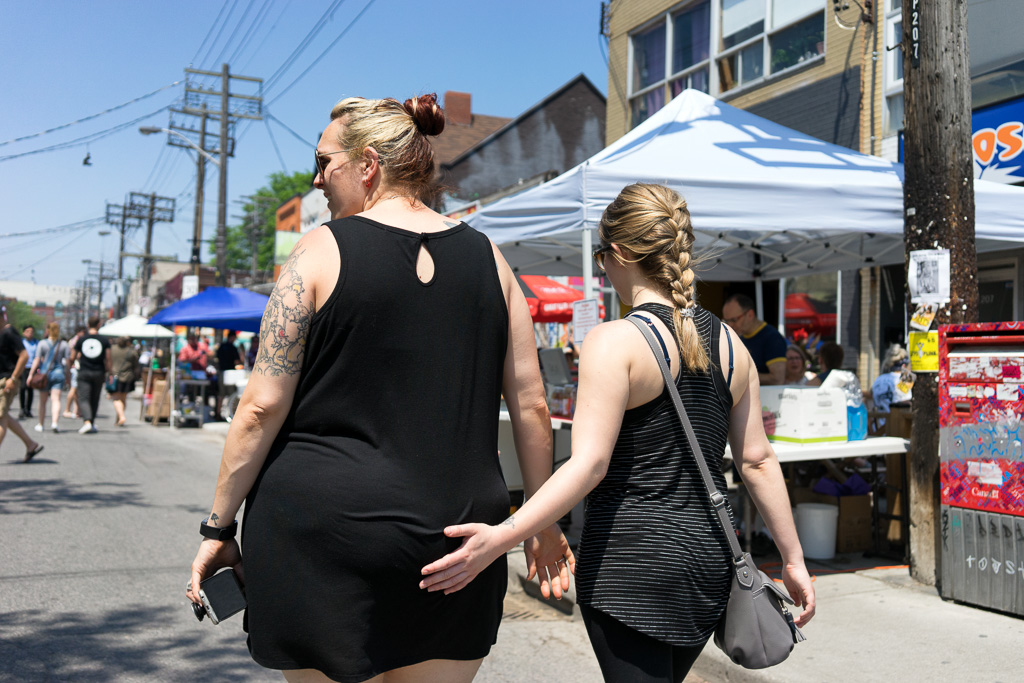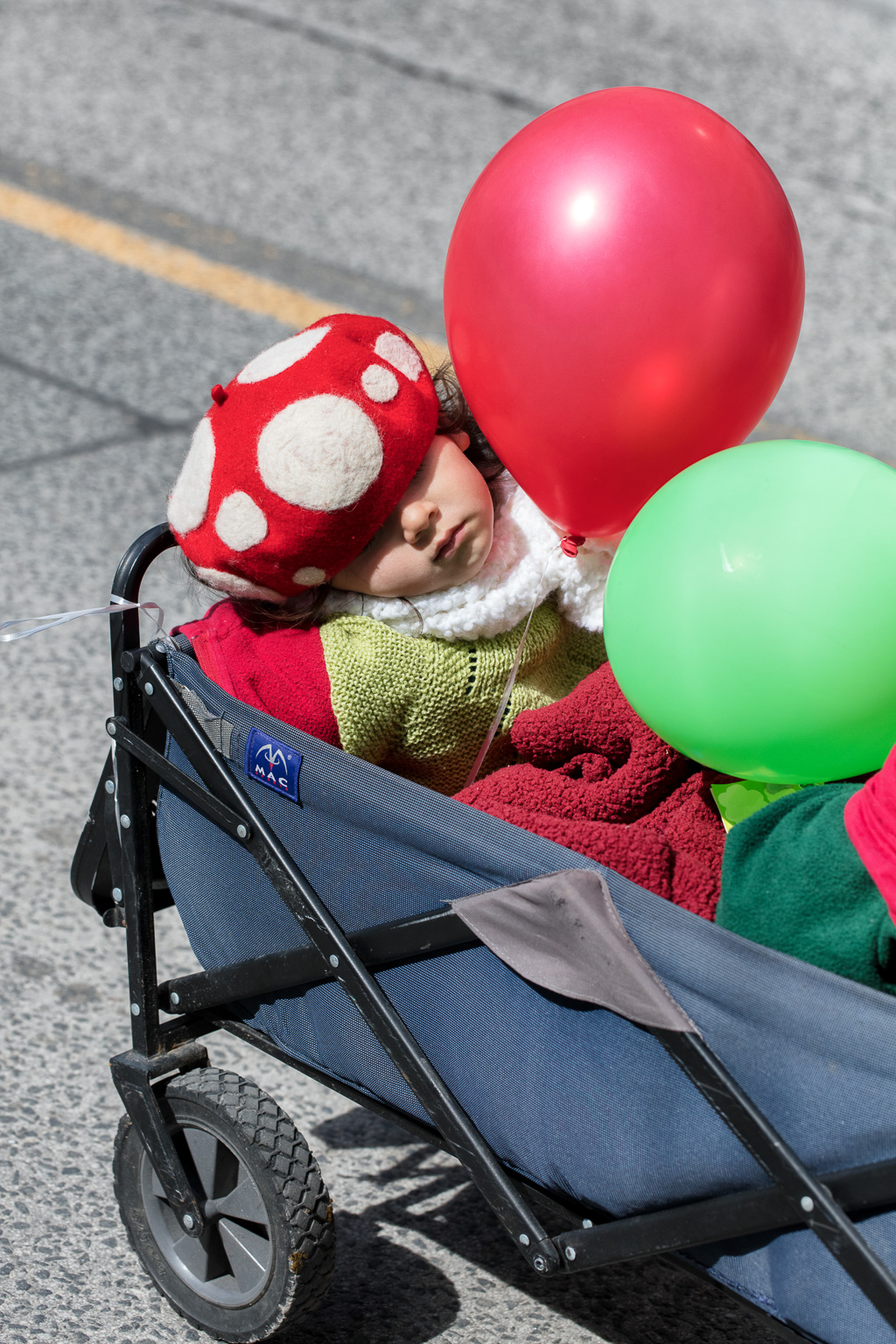I grow increasingly skeptical of superheroes. Even ordinary heroes give me pause. Those I admired when I was young have disappointed me by proving to be flawed. As I get older, I find myself reconciled to my disappointment. For the most part, my personal heroes weren’t flawed so much as they were human. My feelings of disappointment are less a result of their failings than of my unreasonable expectations. I had no right to demand more of them than they could give me.
What I once experienced in the personal sphere I now witness playing out in the public sphere. Angry mobs pull down statues because the historical personalities they commemorate fail to meet ever-shifting standards of virtue. I hope one day for a reconciliation in the public sphere that mirrors the reconciliation I’ve crafted in my personal experience. If the aim is to celebrate a person’s virtue, then it was unreasonable to erect a statue in the first place. It’s a cruel thing to impose such a burden on a person’s legacy.
It’s easier to make our peace with fictional superheroes. Batman’s alter ego, Bruce Wayne, is a billionaire, as is Iron Man’s Tony Stark, and if history has taught us anything it’s that there is only one way to accumulate egregious wealth: through the exploitation of the powerless. In the real world, we would label the trope of the billionaire superhero as cognitive dissonance, but in the fictional world we call it suspension of disbelief. When the video is done, so is the suspension, and we go on with our lives in a world without batmobiles and flying suits.
The modern fictional superhero is an iteration of an older and more durable fantasy: the saviour who will rescue us from evil. In Judaism, the evil, whether it arrived in the form of Ramses or Cyrus or Nebuchadnezzar, was an embodiment of a more deeply rooted evil: the people of Israel had strayed from their God. Enter Moses or Ezekial or Nathan to challenge the powers that be and guide the Israelites back to the paths of righteousness. The followers of Jesus took the superhero saviour shtick to a new extreme by declaring Jesus their one-and-only, but the broad outlines are the same. We are worms who can’t do anything for ourselves and we need someone more powerful to broker our salvation.
As with all the other heroes in my life, I’ve had to work hard to reconcile myself to the disappointments engendered by the unreasonable expectations I impose on this last cloaked and sandaled superhero.















